OPINION | Green Line revisited: Why these former transit managers now say buses are better than rail
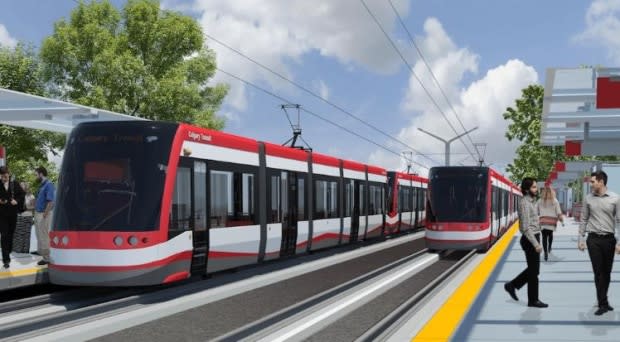
It is probably too late, but the City of Calgary should consider constructing the Green Line as a bus rapid transit (BRT) route rather than light rail transit (LRT).
Why?
Because BRT is not only the most cost-efficient option, it would also better serve the needs of Calgarians.
I make this statement after a recent coffee chat with Neil McKendrick, the former manager of transit planning at the City of Calgary, who did much of the early north and southeast transit forecasting and planning. I love meeting with retired city and private sector professionals because they no longer have to toe the city or company line.
They can freely speak their minds and are often willing to give me the real story.
The original Green Line plan was to build a BRT route at a cost of about $1.5 billion that could be converted to an LRT route when ridership and funding was sufficient to support it. However, in 2015 the federal government offered the city of Calgary $1.5 billion to build an LRT, if the province and city matched it.
City politicians took that money, dropped the idea of a BRT and jumped right to what had been phase two of the Green Line, i.e. building the much more complex and expensive LRT.
"Calgary politicians were positively giddy Friday after the federal government pledged $1.53 billion for the city's long-sought LRT Green Line, despite numerous challenges still facing the project."
— Calgary Herald, July 24, 2015, Trevor Howell
Indeed there have been challenges, many of which could have been avoided if the city had developed the Green Line as a BRT first.

McKendrick offered five key ideas for the project:
1. There is no reason to connect the north and southeast sections of the Green Line, as the number of people riding from the north to the south will be very low. It is not like the existing south and northwest C-Train lines that connect those living in the south to major employment and student hubs like the University of Calgary and SAIT, in addition to downtown.
2. If you don't connect the north and southeast lines, you don't need a tunnel. Each line can terminate downtown at grade and people can walk a few blocks to connect to other BRT and LRT lines, as needed. This happens in cities around the world and would enhance pedestrian activity in the downtown.
3. If you don't build the tunnel, the funds saved could be used to complete the entire, originally proposed north and southeast legs as BRT routes, and perhaps the southeast leg as an LRT, because it is the cheaper line, per kilometre, and would be easier to build than the north line.
4) The north LRT line at grade will not be rapid. In fact, it will only be marginally faster than the existing bus services, as it has to negotiate the same at-grade crossings as the buses. Trains do not operate quickly in mixed traffic environments. Even the Seventh Avenue transit corridor, with no car traffic, doesn't move very quickly.
5) BRT would serve the needs of Calgarians almost as well as LRT.
McKendrick's ideas about the Green Line will, no doubt, surprise a lot of Calgarians, even those of us who have been following this story closely.
Since they seem to run counter to most of the messaging that's been coming out of city hall, I decided to take them for a test drive with two other experts in the transit field.

Dave Colquhoun was the manager of transit planning for the City of Calgary before Neil McKendrick. He is not only in agreement with the above five key ideas, but believes "neither LRT line is being extended far enough to achieve public expectations for improved transit service that should result from such a large capital expenditure."
Colquhoun says most users of the proposed new LRT service "will spend a disproportionate amount of time on feeder buses to access the north and southeast stations, with the result that there will be no travel time savings compared with today's bus service."
As a result, he says "the full ridership benefits of a $4.5 billion investment in new LRT infrastructure will not be achieved and I expect that the city will be criticized for lacking foresight in its decision making."
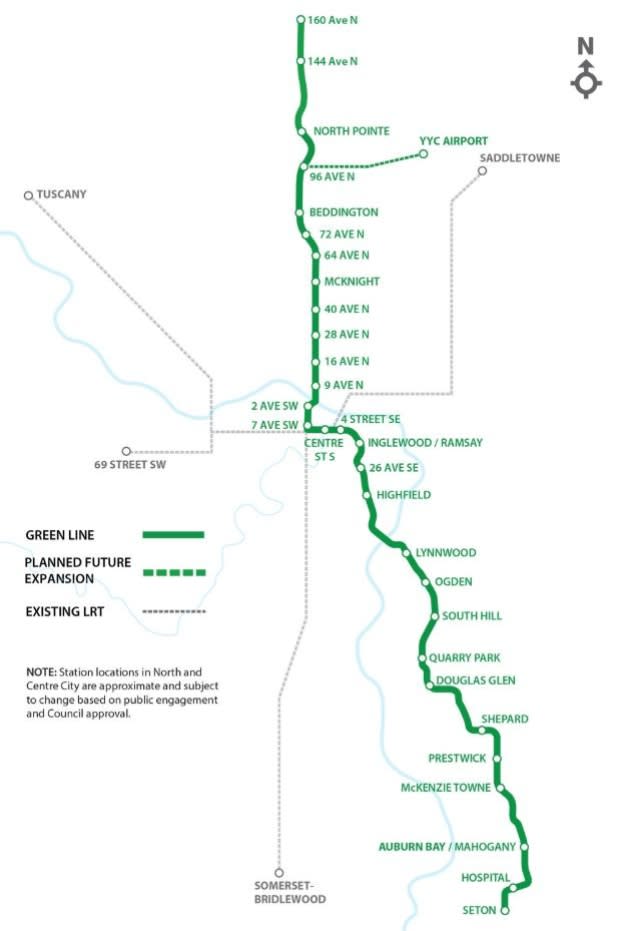
Bill Lambert is a recently retired, Vancouver-based transit and transportation consultant with 30 years of experience. He also agrees with McKendrick and adds "LRT services operating at ground levels in the north and southeast corridors will be very disruptive to cross-traffic movements at traffic intersections all along the corridors and create increased traffic congestion."
Lambert cautions: "Due to the high capital costs of LRT services, it may be a long time before the province of Alberta and the City of Calgary have sufficient funding to build the required future LRT service extensions and additional stations required for both of these services to be effective and efficient, and serve the desired markets. So by splitting limited funding for the north and southeast LRT services today, neither line will be fully successful."
He recommends that "if it is determined LRT service is really desired, rather than BRT, do the complete line with the highest ridership demand — the north corridor."
What is BRT?
BRT routes have dedicated lanes for buses only, which means they don't get caught up in traffic jams. They also have fewer stops than traditional bus routes, which helps shorten travel time. As well, they use technology to give them priority at traffic lights, so they can move quickly in mixed traffic areas.
BRT routes have bus stations rather than stops to provide a more pleasant waiting area for riders. They also have the flexibility to move off the line if there is an accident. Riders pay in advance and can board the buses from all doorways, just like an LRT train; this shortens loading and unloading times.
The biggest negative when it comes to BRT service is the fact that maximum capacity on an articulated bus is 150 passengers, while LRT trains have the capacity to carry 700 to 800 people. However, this is offset by the fact that buses are cheaper to purchase and operate, so you can have more buses offering more frequent service in the off hours, rather than operating a train that is often 60-per-cent empty.
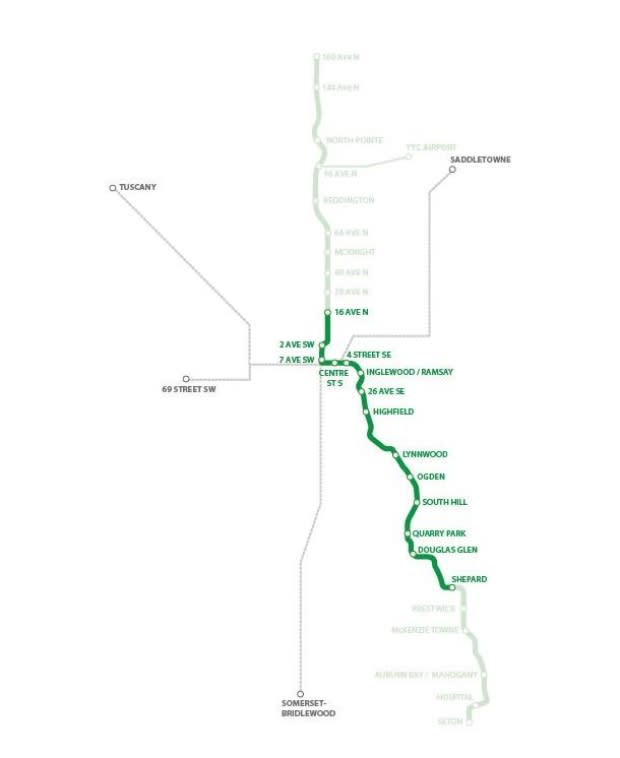
Hundreds of cities around the world have created successful BRT transit systems that have the capacity to carry a large number of riders city-wide.
Curitiba, Brazil (population 2 million), has a model bus rapid transit system. The buses run frequently (on some routes as often as every 90 seconds), service is reliable and the stations are convenient, well-designed, comfortable and attractive.
Curitiba's bus system is composed of a hierarchical system of routes. Minibuses travel through residential neighbourhoods feeding passengers to the five main arteries leading into the centre of the city, like spokes on a wheel. This is very similar to Calgary and could serve as a template for our future transit system.
Approximately 70 per cent of Curitiba's commuters use the BRT to travel to work, a goal Calgary should aspire to.
BRT vs. LRT
The planning for the north and southeast corridor (before Ottawa promised $1.5 billion for the Green Line) was to build a busway along the LRT right-of-way that could be converted to LRT when ridership warranted.
McKendrick told me: "The stations would look like the ones recently completed along 17th Avenue S.E. in Forest Lawn that could be converted for use by LRT, since the new trains will be low floor that do not require a platform much higher than a normal curb."
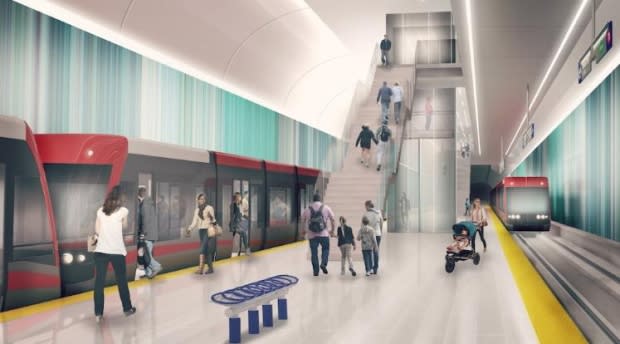
The advantages of a BRT transitway would be flexibility, as buses could drop people off at designated stations or could continue into suburban communities as needed. They also have the potential to drop riders off at various points in the downtown rather than just at a station.
Another advantage of BRT is buses could skip stops when full, something very difficult to do with LRT. Also, buses can be added mid-route as needed to provide better service. And local and corridor bus services can also use the transitway and stations for part of their journey to bypass traffic congestion.
"With the BRT model there would be fewer transfers, which makes it much more user friendly," McKendrick said.
"Travel speeds along the transitway would be a bit slower, since trains have better acceleration/deceleration capabilities, however the BRT option is significantly cheaper than the LRT option, as you are just building a two-lane road. BRT would allow both legs to be built in their entirety, which is critical to their success."
North LRT problems
According to McKendrick, the north LRT, as currently designed, will not improve transit service to north Calgary community residents. It will not be much faster than the current buses, due to the many at-grade crossings south of Beddington Trail.
LRT trains do not operate quickly in a mixed traffic environment. An elevated line would have enabled LRT-type speeds and capacity benefits, but would be more expensive and require customers to use stairs, escalators and elevators to get up to the track level.
But it's in the downtown where the biggest disadvantage of the north LRT plans are seen. Riders on the new service will have just two stops on Second Street S.W. to board or exit the trains. That compares rather poorly with the current bus routes that travel along Fifth and Sixth avenues, with multiple stops in the downtown.
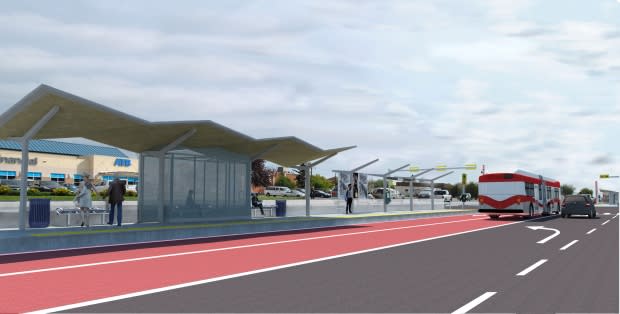
As McKendrick notes, "LRT lines built to date (south, northeast, northwest and west) all replaced bus services that had very good ridership and experienced increasing delays due to operating in mixed traffic. The reason for building LRT along these corridors was to primarily address the need for greater capacity, reduce operating costs and provide faster, more attractive service. The Green Line is being pursued simply to give two additional areas of the city an LRT service.
"Yes there are urban development opportunities, but the lines won't have the ridership to attract new urban development. And in the north, the proposed LRT service will not improve on the current bus services — it may even be worse."
Let's learn from the past
Dave Colquhoun recalls: "Due to funding constraints, the northwest line could only be built to McMahon Stadium in time for the 1988 Winter Olympics."
"When the line opened in 1987, it was ineffective in serving the transit needs of northwest Calgary residents due to excessive feeder bus commute times to the end station. Responding to complaints from transit customers, Calgary Transit was obligated to operate parallel express bus services to the downtown for people living west of Dalhousie and Varsity. It was only after the line was extended in 2003 (16 years later) that the line achieved our expectations for ridership and customer satisfaction."
Perhaps we should listen to the voices of these experienced transit planners and dust off the old plans for a north and southeast BRT transitway, which could be built in its entirety with the current funding, and forget about LRT for the moment.

